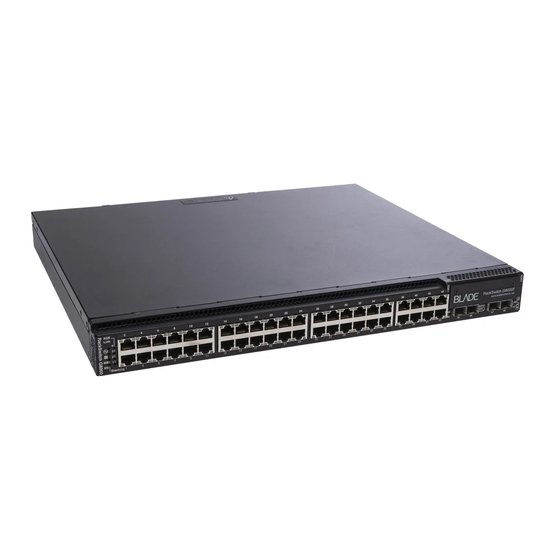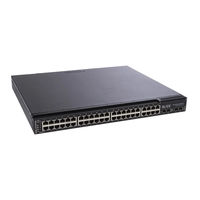
User Manuals: IBM RackSwitch G8000 Layer 3 Switch
Manuals and User Guides for IBM RackSwitch G8000 Layer 3 Switch. We have 4 IBM RackSwitch G8000 Layer 3 Switch manuals available for free PDF download: Application Manual, Installation Manual, Manual
IBM RackSwitch G8000 Application Manual (362 pages)
a top-of-rack (TOR) switch
Brand: IBM
|
Category: Network Router
|
Size: 5.14 MB
Table of Contents
Advertisement
Advertisement
IBM RackSwitch G8000 Manual (14 pages)
BNT 1Gb/10Gb G8000 RackSwitch for IBM System x
Table of Contents
Advertisement



